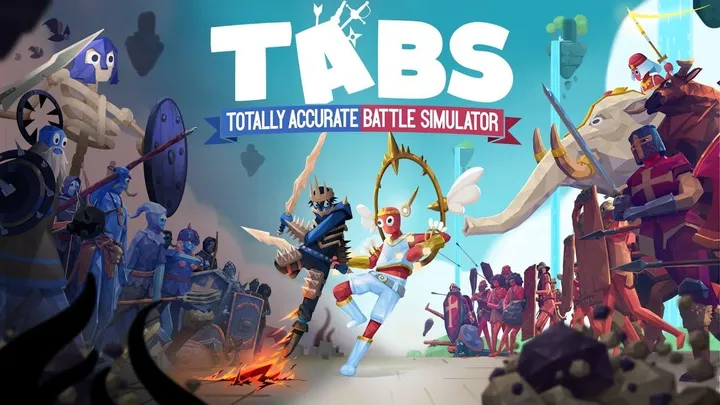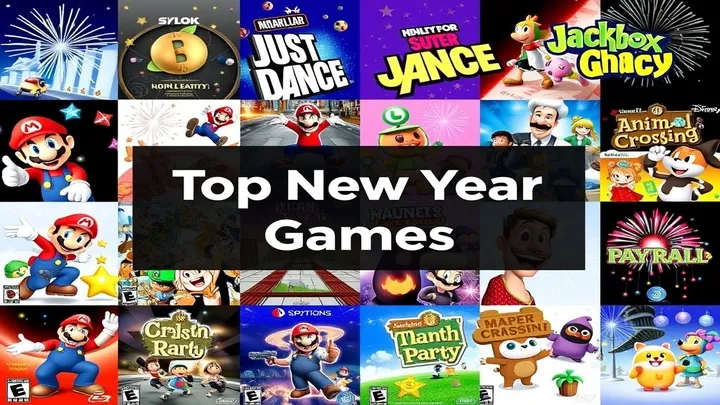Introduction
Multiplayer gaming has come a long way from the days of couch co-op and split screens. Over the decades, certain games have redefined how we play together, creating new genres, mechanics, and communities that shaped the future of online gaming. These groundbreaking titles not only entertained millions but also set industry standards that are still felt today. In this article, we will explore the top 10 games that revolutionized multiplayer gaming, analyzing their content, gameplay, and overall impact.
1. Quake (1996)
Introduction to the Game
Developed by id Software, Quake was one of the first true 3D first-person shooters and a pioneer of online multiplayer.
Gameplay Analysis
- Introduced fast-paced arena combat with unique weapons.
- Popularized the concept of online deathmatches.
- Advanced networking code that allowed smoother multiplayer experiences.
Overall Evaluation
Quake laid the foundation for modern FPS esports. Its modding community and competitive scene influenced titles like Counter-Strike and Unreal Tournament.
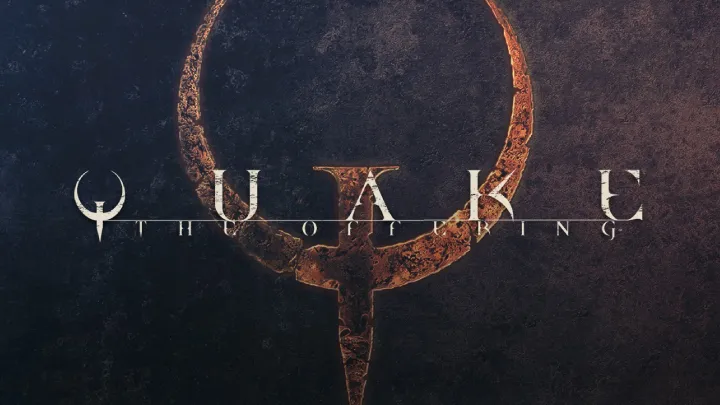
2. StarCraft (1998)
Introduction to the Game
Blizzard’s StarCraft redefined real-time strategy (RTS) with its deep mechanics and asymmetrical factions.
Gameplay Analysis
- Terran, Zerg, and Protoss each offered distinct playstyles.
- Multiplayer balance pushed competitive gaming to new levels.
- Battle.net made matchmaking accessible to players worldwide.
Overall Evaluation
StarCraft became South Korea’s national esport and set the gold standard for RTS multiplayer balance.
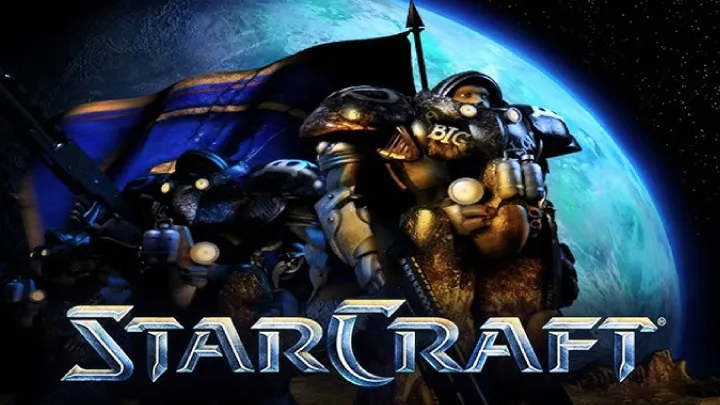
3. Counter-Strike (1999)
Introduction to the Game
Originally a Half-Life mod, Counter-Strike became one of the most influential competitive shooters ever made.
Gameplay Analysis
- Round-based team play (Terrorists vs Counter-Terrorists).
- Required communication, strategy, and precision aim.
- Simple but addictive progression through matches.
Overall Evaluation
Still thriving today as CS:GO and Counter-Strike 2, the franchise remains a cornerstone of competitive gaming.
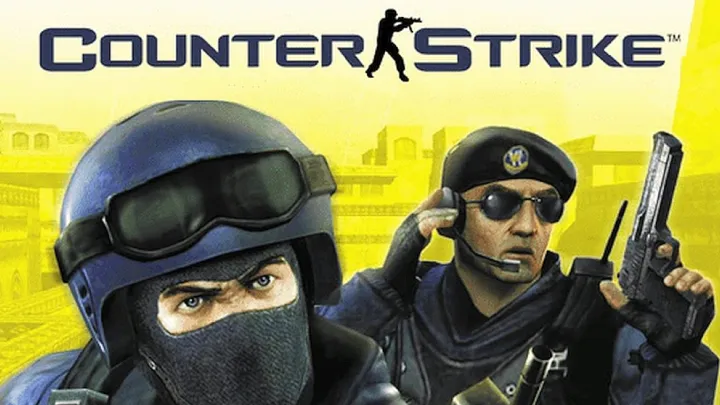
4. World of Warcraft (2004)
Introduction to the Game
Blizzard’s World of Warcraft (WoW) didn’t just create a game—it built a virtual world where millions lived alternate lives.
Gameplay Analysis
- MMORPG structure with dungeons, raids, and PvP battlegrounds.
- Guilds fostered strong communities and teamwork.
- Frequent expansions kept the world evolving.
Overall Evaluation
WoW shaped the MMORPG genre, influencing countless games and proving that virtual worlds could sustain millions of players.
5. Halo 2 (2004)
Introduction to the Game
Microsoft’s Halo 2 brought console multiplayer online through Xbox Live, changing the landscape of console gaming.
Gameplay Analysis
- Seamless matchmaking and party systems on Xbox Live.
- Balanced maps and iconic weapons (like the Energy Sword).
- Competitive ranking system fueled replayability.
Overall Evaluation
Halo 2 showed that consoles could rival PCs in online multiplayer, paving the way for modern console shooters.
6. Call of Duty 4: Modern Warfare (2007)
Introduction to the Game
Infinity Ward reinvented military shooters with Modern Warfare, creating a multiplayer formula that dominates to this day.
Gameplay Analysis
- Killstreak rewards added layers of strategy.
- Customizable loadouts with perks and attachments.
- Progression systems encouraged long-term engagement.
Overall Evaluation
Its design choices became the blueprint for future FPS games, making Call of Duty a global multiplayer juggernaut.
7. League of Legends (2009)
Introduction to the Game
Riot Games’ League of Legends (LoL) transformed the MOBA genre into one of the most popular competitive scenes worldwide.
Gameplay Analysis
- Five-versus-five structure with lanes, objectives, and champions.
- Constant patches ensured evolving strategies.
- Free-to-play model made it accessible to everyone.
Overall Evaluation
LoL shaped the modern esports ecosystem, with massive tournaments and a thriving community that continues to grow.
8. Minecraft (2011)
Introduction to the Game
Mojang’s Minecraft became a cultural phenomenon by combining creativity, survival, and multiplayer sandbox elements.
Gameplay Analysis
- Players could build, survive, or roleplay in custom servers.
- Multiplayer servers like Hypixel redefined social gaming.
- Endless modding and customization supported community-driven innovation.
Overall Evaluation
Minecraft proved multiplayer doesn’t need competition—it can thrive on collaboration and creativity.
9. Fortnite (2017)
Introduction to the Game
Epic Games’ Fortnite Battle Royale became a cultural and social hub for millions of players.
Gameplay Analysis
- 100-player survival with building mechanics.
- Frequent updates, live events, and collaborations with major brands.
- Cross-platform play across PC, consoles, and mobile.
Overall Evaluation
Fortnite blurred the lines between gaming and entertainment, creating a living platform for social interaction.
10. Among Us (2018)
Introduction to the Game
Although initially released in 2018, Among Us exploded in popularity in 2020 as a social deduction multiplayer game.
Gameplay Analysis
- Simple mechanics: complete tasks or deceive as the imposter.
- Thrived on communication, trust, and betrayal.
- Perfect for casual players and streaming culture.
Overall Evaluation
Among Us showed how simple design can lead to massive global appeal, reshaping how players socialize online.
Conclusion
From Quake’s pioneering deathmatches to Fortnite’s interactive live events, these ten games reshaped multiplayer gaming in profound ways. They didn’t just entertain; they built communities, created careers, and established frameworks that other titles continue to follow. Multiplayer gaming has become more than just playing—it’s about connecting, competing, and creating together.
